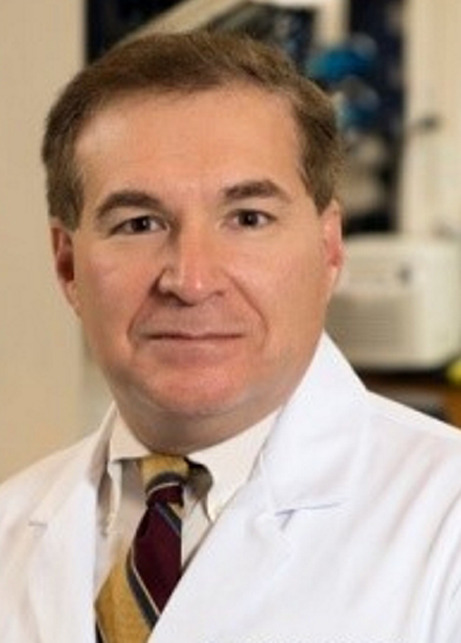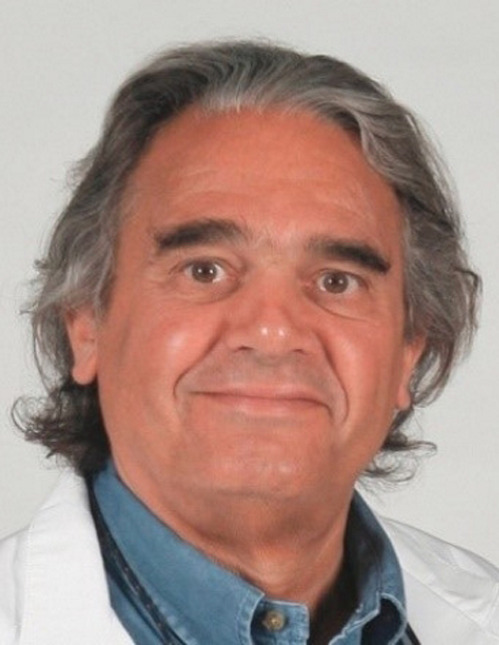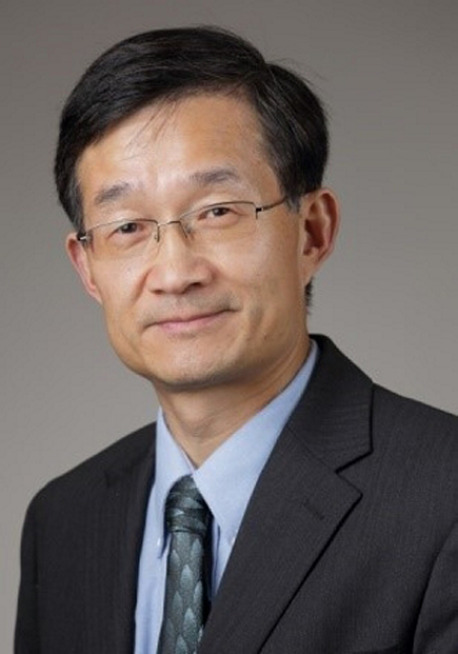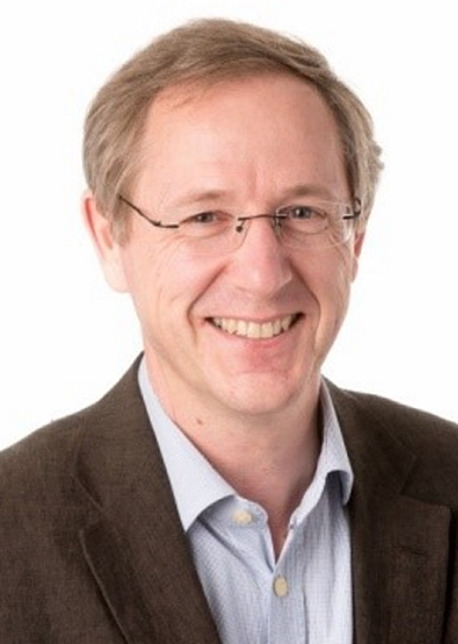As a discipline, hepatology has seen recent unprecedented growth in the areas of cellular and molecular mechanisms of hepatic health and disease. The advances in these fields have had a major impact on our understanding of liver development, stem cells, carcinogenesis, tissue engineering, injury, repair, regeneration, immunology, metabolism, fibrosis, and transplantation. Continued research and improved cognizance in these areas will have meaningful impact on liver disease prevention, diagnosis, and treatment. To meet this growth and direction, the existing journal Gene Expression has expanded its focus to become Gene Expression, The Journal of Basic Liver Research. In its renewed scope, the journal will publish high-impact original articles, reviews, short but complete articles, and special articles (editorials, commentaries, and opinions) on all aspects of basic hepatology, making it a unique and invaluable resource for readers interested in this field.
The renewed editorial team, led by two editors-in-chief who are uniquely qualified and renowned experts, along with a dynamic and functional editorial board, are determined to make this a premier journal in the field of fundamental hepatology. In order to meet the mission of the renewed scope, the editorial board of the journal has also undergone rejuvenation. Several experts in liver pathophysiology have graciously agreed to lend their services as associate editors (see below), and several others have been brought onto the editorial board. We wanted to take this opportunity in the “first issue” of Gene Expression, The Journal of Basic Liver Research (in short, GE Liver) to introduce the readers to the new editorial team. We hope authors feel confident that their research will be in responsible hands and will be treated extremely fairly and in a timely manner.
Why the name Gene Expression? The journal Gene Expression has been in press for an extended period of time and has been an excellent avenue to publish research in all aspects of gene expression and regulation. However, as the number of journals in this general area of research increased, we made the careful and informed decision to become more focused. After talking with several leaders in the field, it became apparent that a more tissue-/organ-based journal might be attractive for the scientific community. The focus on liver was a result of polling the liver research community and realizing that they lacked a journal that was solely focused on basic hepatology research. While several journals in the area of hepatology exist, there was no journal whose emphasis was on basic and fundamental concepts of liver pathobiology. Thus, a resource that truly and exclusively caters to the basic scientific community of the hepatology discipline was nonexistent. Our goal is to provide that resource and to meet the growing demand for this rather specific area: hepatic pathophysiology. Gene Expression, now in its 17th volume, is covered by PubMed and has an existing impact factor. Gene Expression, The Journal of Basic Liver Research (GE Liver) will initially publish quarterly starting with volume 17, 2016. In this way, our decision allows a seamless transition to provide an immediate home to the liver research community. When the volume of accepted papers increases, we plan to increase the frequency of publication.
As editors-in-chief, our goals are to publish high-quality science in all aspects of liver pathophysiology and, with your support, to achieve a good standing in the community. In this competitive environment, there do exist several choices for authors, and it is a particularly difficult decision for authors to publish in newer journals that lack recognition. It is worth reiterating that the efforts of the entire editorial team will be to most efficiently handle manuscripts and to publish high-quality research. The journal will accept articles in various formats for the convenience of the authors. These include regular research articles, short reports, review articles, editorials, commentaries, meeting reports, and others. Some of the advantages of publishing in GE Liver are:
Open access
Available on PubMed
User-friendly online submission
Handling of manuscripts by leaders in the field
Fair scientific peer review by experts
Rapid transit of manuscript
Cost-effective
Several article formats available for authors
It is important to note that in addition to the service of the associate editors and editorial board members, we have unconditional support from our publisher, the Cognizant Communication group. The publisher has been instrumental in helping with dissemination of the new mission to scientists across the globe and has provided all the necessary resources for redesigning the journal Website and submission Webpage. The new online submission site is user friendly and—most importantly—allows the review and decision-making process to be highly time efficient. I remain grateful for the publisher’s continued support and openness to adopting new and innovative technologies that will be crucial for the journal’s success.
It is a great pleasure to publish the first issue of the journal with its renewed focus. The studies published herein span topics of the cellular and molecular basis of liver homeostasis, injury, regeneration, and carcinogenesis. We welcome your submissions in the broad range of liver pathophysiology topics such as:
Basic cell biology and signaling in resident liver cells
Liver development
Liver progenitors and stem cells
Liver regeneration
Liver growth
Hepatic metabolism
Gut–liver axis
Hepatic fibrosis and cirrhosis
Drug-induced liver injury
Hepatitis
Nonalcoholic fatty liver disease
Alcoholic liver disease
Cholestatic liver diseases
Miscellaneous liver diseases
Hepatic regenerative medicine
Hepatic tumors
We hope to continue to see the already increasing submissions to the journal, to our journal!
Cheers,
Satdarshan (Paul) S. Monga, M.D.
Samson T. Jacob, Ph.D., Founding Editor
Editors-in-Chief

Satdarshan (Paul) Singh Monga, University of Pittsburgh. Dr. Monga’s research is focused on understanding the cellular and molecular mechanisms underlying liver development, hepatic progenitor biology, liver regeneration, liver fibrosis, cholestasis, and hepatic tumors with an eventual goal of discovering improved therapies for various hepatic disorders.

Samson T. Jacob, Founding Editor, Ohio State University. Dr. Jacob’s expertise includes (1) delineating the role of specific microRNAs in the initiation and progression of hepatocellular carcinoma, in diagnosis and treatment; (2) combating resistance of HCC to potent drugs such as sorafenib; and (3) altered metabolic profile, particularly changes in glucose metabolism, in HCC and exploring effective therapeutic strategies using novel antiglycolytic drugs.
Associate Editors

Frank Anania, Emory University. Dr. Anania has had a longstanding laboratory interest in the molecular pathogenesis of hepatic fibrosis, as well as in the development of small animal models for nonalcoholic steatohepatitis (NASH), particularly as it relates to gut–liver axis innate immune function. He is also interested in the role of glucagon-like peptide 1 and its pharmacologic analogs as means to reverse NASH.

Carlo Croce, Ohio State University. Dr. Croce’s research interests include the variety of mutated genes involved in leukemias, lymphomas, and other cancers, as well as the early events involved in the pathogenesis of lung, nasopharyngeal, head and neck, esophageal, gastrointestinal, and breast cancers. He is also interested in the role of microRNA in the pathogenesis of human cancer and how microRNA dysregulation contributes to the pathogenesis of all tumors.

Scott Friedman, Mount Sinai. Dr. Friedman explores the molecular and cellular basis of hepatic fibrosis, its link to hepatocellular carcinoma, and prospects for antifibrotic therapies.

Bin Gao, NIH, NIAAA. Dr. Gao’s research interests include the immunological aspects and molecular pathogenesis of liver diseases, and basic liver immunology and liver biology.

Frederic Lemaigre, University Catholique de Louvain. Dr. Lemaigre’s team investigates how gene regulatory networks determine normal differentiation and morphogenesis of the liver and pancreas, and how deregulation of such networks can initiate liver and pancreas tumorigenesis. Technical approaches in the laboratory have focused on the generation and analysis of transgenic mice and human samples, in a translational perspective.

Hongliang Li, Wuhan University. Dr. Li’s research programs focus on defining the novel roles of innate immunity in hepatic dysfunction, diabetes, stroke, and cardiovascular disease. He is also interested in the development of biotechnologies for genome manipulation, phenotypic characterization, and identification of genetic components of complex human disease.

Joseph Locker, University of Pittsburgh. Dr. Locker’s research has focused on transcriptional regulation in liver, currently focusing on proliferation control, cancer promotion, and drug responses, as well as phenotypic changes in cirrhosis. His projects span mouse, rat, and human models, and primarily employ contemporary deep sequencing and informatics technologies.

George Michalopoulos, University of Pittsburgh. Dr. Michalopoulos researches liver regeneration and carcinogenesis and the role of receptor tyrosine kinases in these processes. He also explores the role of extracellular matrix as suppressor of regenerative growth and relationships between somatic mutations associated with liver cancer and the functions of the cancer-associated genes in the normal hepatic regenerative process.

Tushar Patel, Mayo Clinic. Dr. Patel’s research interests include identifying novel target molecules and mechanisms for liver and biliary cancers, based on the study of noncoding RNA genes in liver cancers, survival signaling in the biliary tract, and extracellular RNA in liver diseases.

Peter Sarnow, Stanford University. Dr. Sarnow’s research focuses on hepatitis C virus–host interactions, microRNA-mediated control in liver cells, and RNA–protein interactions in liver cells.

Steve Weinman, University of Kansas. Dr. Weinman’s research interests are pathogenesis of viral and alcoholic liver disease, redox biology, viral effects on trafficking, and regulation of hepatic inflammation.


